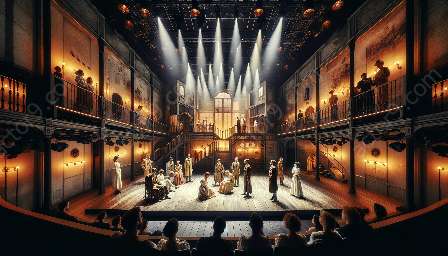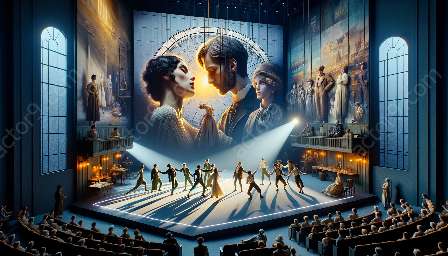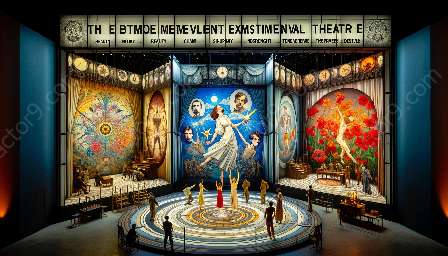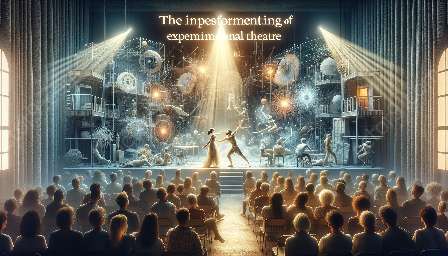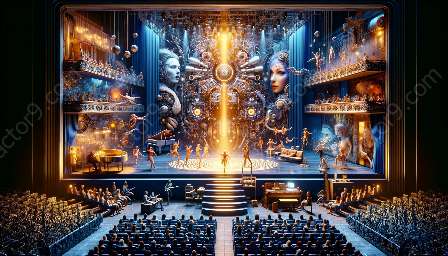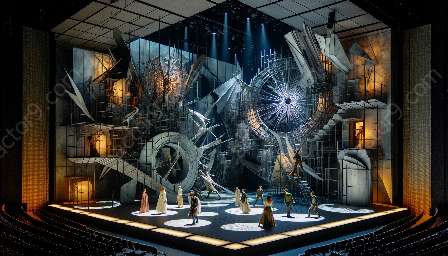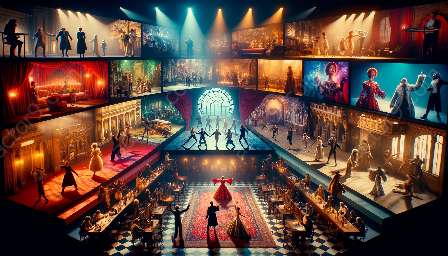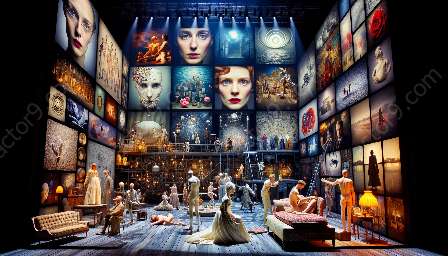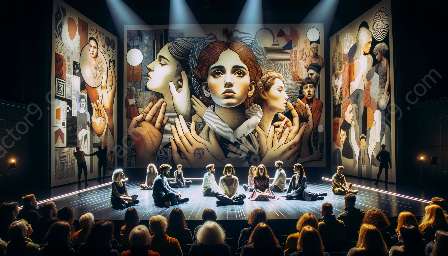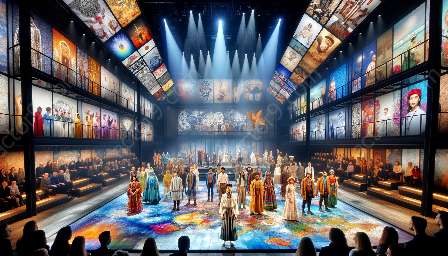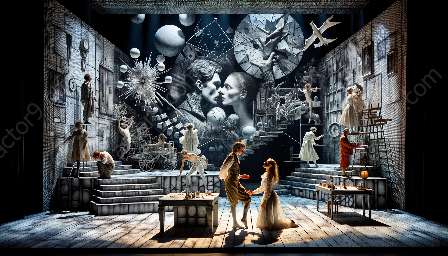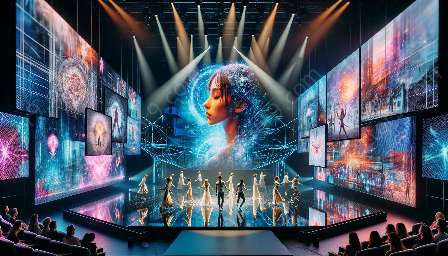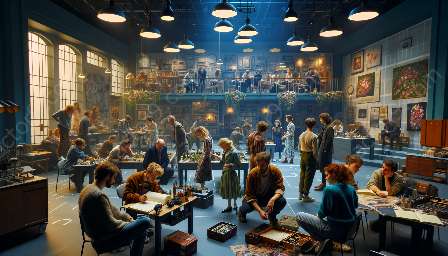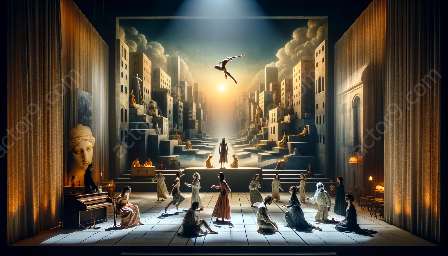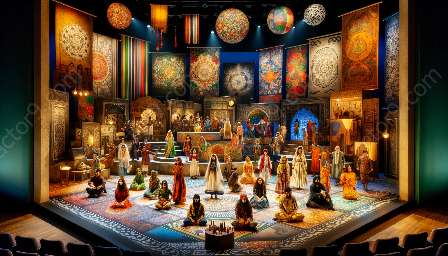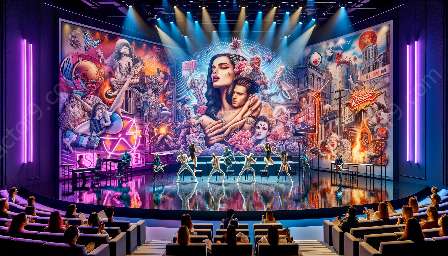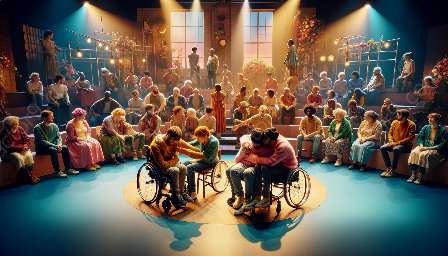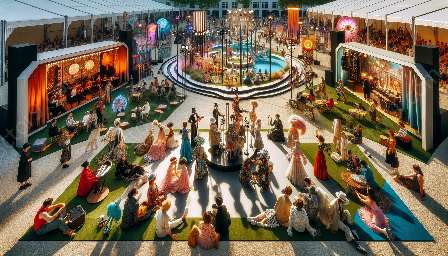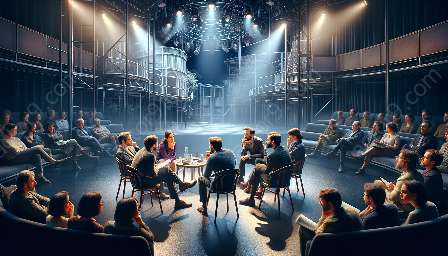Experimental theatre pushes the boundaries of traditional performance art, offering a platform for innovative and bold expression. Within this realm, performative techniques serve as the heartbeat of the creative process, driving the immersive and unconventional experiences that captivate audiences.
What is Experimental Theatre?
Experimental theatre challenges traditional norms of performance, embracing unconventional storytelling, non-linear narratives, and avant-garde techniques. It thrives on disrupting established conventions, inviting audiences to engage with theatre in new and unconventional ways. In this landscape, performative techniques play a pivotal role in crafting immersive experiences and pushing artistic boundaries.
Embracing Physicality
In experimental theatre, physicality serves as a powerful communicative tool. Performers use their bodies to convey emotions, thoughts, and narratives, often transcending traditional dialogue-based communication. Through techniques such as Viewpoints, Laban Movement Analysis, and Suzuki Method, performers explore the expressive potential of their bodies, unlocking new dimensions of storytelling and connection with the audience.
Immersive Narratives
Experimental theatre often blurs the lines between the performers and the audience, inviting active engagement and participation. Performers harness immersive storytelling techniques, such as site-specific performances, interactive installations, and immersive environments, to create deeply engaging experiences that transcend traditional stage boundaries.
Unconventional Scripting and Improvisation
In the realm of experimental theatre, scripted dialogue may take a backseat to improvisation and devised performance methods. Performers collaborate in the creation of raw, spontaneous moments, allowing for organic interactions and the evolution of narratives in real time. This approach engenders a sense of immediacy and authenticity, captivating audiences through unscripted, visceral performances.
Integration of Technology
Technology serves as a formidable ally in the realm of experimental theatre, offering boundless opportunities for innovation. From projection mapping and interactive media to virtual reality and augmented reality, performers harness technological tools to create immersive, multi-sensory experiences. These cutting-edge techniques merge the analog and digital realms, expanding the possibilities of expression in experimental theatre.
Participant-Centric Performances
Experimental theatre often challenges the passive nature of traditional audience members, advocating for active participation and co-creation. This performative approach invites audience members to become integral elements of the performance, blurring the distinction between performer and spectator. Through techniques such as forum theatre and participatory storytelling, experimental theatre fosters a dynamic ecosystem of interaction and shared creative ownership.
Key takeaways
- Dive into the cutting-edge art of experimental theatre and discover the innovative approaches and methods in performing arts.
- Explore the immersive and unconventional experiences created through performative techniques in experimental theatre.
- Discover the role of physicality, immersive narratives, improvisation, technology, and participant-centric performances in pushing artistic boundaries.
Topic
Performers' Physicality and Emotional Expression
View details
Immersive and Multi-Sensory Experiences in Experimental Theatre
View details
Exploring Non-Linear Narratives in Experimental Theatre
View details
Addressing Social and Political Issues in Experimental Theatre
View details
Collaborations across Different Art Forms in Experimental Theatre
View details
Gender, Sexuality, and Identity in Experimental Theatre
View details
Environmental Storytelling in Experimental Theatre
View details
Reality vs. Fiction: Blurring Boundaries in Experimental Theatre
View details
Creative Constraints and Limitations in Experimental Theatre
View details
Time and Narrative Structure in Experimental Theatre
View details
The Impact of Space and Environment in Experimental Theatre
View details
The Use of Light, Sound, and Shadow in Experimental Theatre
View details
Challenges and Innovations in Performative Techniques
View details
Interactivity and Audience Participation in Experimental Theatre
View details
The Influence of 'Theatre of the Absurd' in Experimental Theatre
View details
Storytelling through Historical Lens in Experimental Theatre
View details
Psychological Effects of Immersive Experiences in Experimental Theatre
View details
Inspiring Critical Thinking through Experimental Theatre
View details
Ethical Representation of Sensitive Topics in Experimental Theatre
View details
New Forms of Storytelling in Experimental Theatre
View details
The Role of Improvisation and Spontaneity in Experimental Theatre
View details
Cultural and Historical Influences in Experimental Theatre
View details
Collaborative Creativity in Experimental Theatre
View details
Questions
What are the key elements of performative techniques in experimental theatre?
View details
How do performative techniques in experimental theatre differ from traditional theatre?
View details
How can improvisation be effectively utilized in experimental theatre?
View details
What is the significance of space and environment in experimental theatre performances?
View details
How are emotions and physicality expressed through performative techniques in experimental theatre?
View details
What are the ethical considerations associated with experimental theatre performances?
View details
How do performative techniques in experimental theatre challenge societal norms and conventions?
View details
What impact does technology have on experimental theatre productions?
View details
How can performers effectively convey abstract concepts through their physicality in experimental theatre?
View details
What is the relationship between music and sound effects in experimental theatre performances?
View details
To what extent can audience interaction drive the narrative in experimental theatre productions?
View details
How does the use of multimedia enhance the immersive experience in experimental theatre?
View details
What is the role of light and shadow in creating atmospheres in experimental theatre performances?
View details
What are some examples of successful collaborations between different art forms in experimental theatre?
View details
How does experimental theatre address political and social issues through performative techniques?
View details
What are the challenges associated with creating non-linear narratives in experimental theatre?
View details
How can physicality and movement be used to communicate complex emotions in experimental theatre?
View details
What is the potential for bringing historical events to life through performative techniques in experimental theatre?
View details
How do performative techniques in experimental theatre contribute to the development of new forms of storytelling?
View details
What are the psychological effects of immersive experiences in experimental theatre performances?
View details
How can performative techniques in experimental theatre inspire and provoke critical thinking?
View details
What role does cultural diversity play in shaping experimental theatre productions?
View details
How can experimental theatre challenge traditional notions of gender and sexuality?
View details
What are the possibilities for environmental storytelling in experimental theatre?
View details
How can performers create engaging experiences through sensory stimulation in experimental theatre?
View details
What is the role of improvisation and spontaneity in experimental theatre performances?
View details
How do performative techniques in experimental theatre embrace the concept of 'theatre of the absurd'?
View details
What ethical considerations are involved in the representation of sensitive topics in experimental theatre?
View details
How does experimental theatre blur the boundaries between reality and fiction?
View details
What is the impact of physical constraints and limitations on the creative process in experimental theatre?
View details
How can experimental theatre challenge traditional notions of time and narrative structure?
View details
What are the implications of collaborative creativity in experimental theatre productions?
View details

